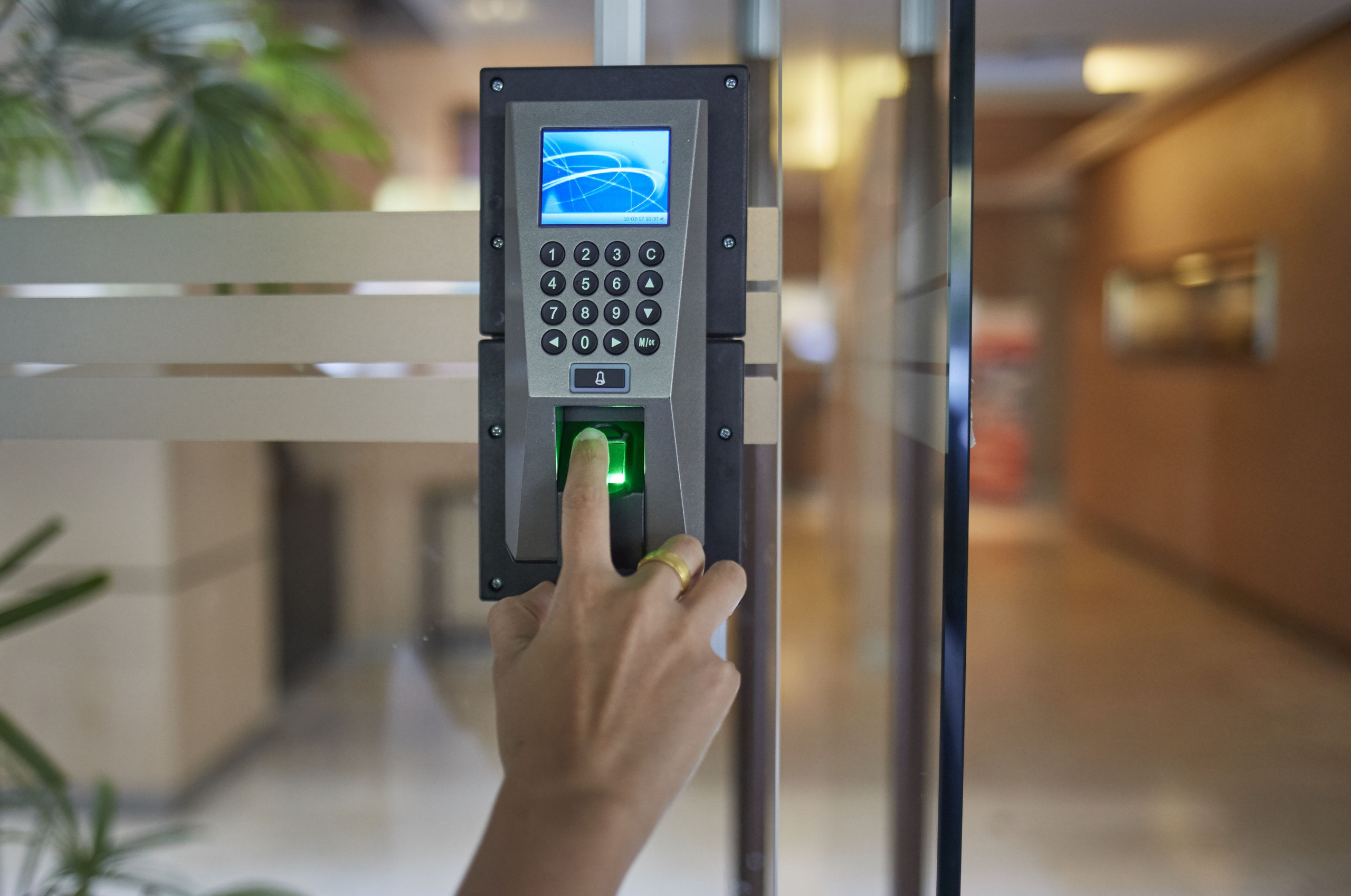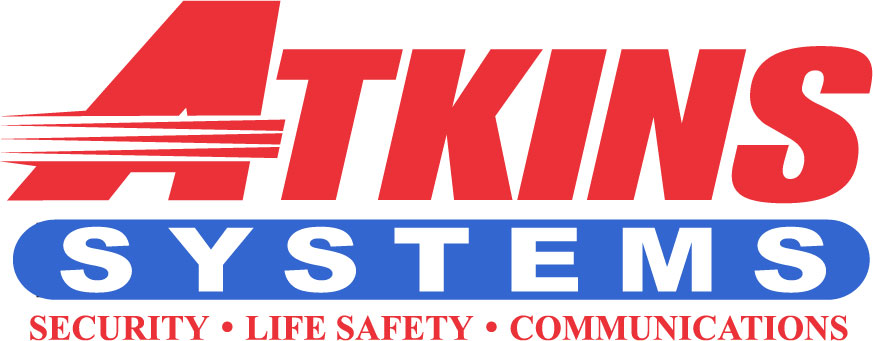
Managing access control in multi-user environments presents a complex challenge that requires strategic oversight and advanced technological solutions. Atkins Systems, renowned for our expertise in cybersecurity and access control installation and management, offers proven strategies to navigate these challenges effectively. We specialize in defining clear user roles and permissions, ensuring that access rights are aligned with individual responsibilities. Our approach includes regular updates to adapt to organizational changes, the implementation of two-factor authentication, and the use of advanced authentication methods like biometric verification to enhance security. Furthermore, we conduct thorough access audits to identify and address security gaps, ensuring compliance and protecting sensitive data. Trust Atkins Systems to provide the guidance and tools needed to maintain system integrity and safeguard your environment.
Key Takeaways
- Define clear user roles based on responsibilities and permissions.
- Implement detailed access control policies tailored to user roles.
- Utilize robust authentication mechanisms like multi-factor and biometric authentication.
- Conduct regular access audits to identify security gaps and ensure compliance.
- Develop a robust incident response plan with designated roles and communication protocols.
User Role Definition
When defining user roles in a multi-user environment, consider the specific responsibilities and permissions each role entails. Clearly outlining these roles is essential for maintaining security and efficiency within your system. Start by identifying the different types of users who will interact with your system and then assign appropriate roles based on their job functions and needs. For example, an administrator might have full access to all system features, while a regular user may only have permission to view and edit certain data. By defining these roles clearly, you can guarantee that each user has the necessary level of access to perform their tasks effectively without compromising sensitive information.
Regularly review and update user roles as needed to adapt to changing circumstances or personnel. This proactive approach helps prevent unauthorized access and minimizes the risk of data breaches. Additionally, providing clear guidelines and training on user roles can help users understand their responsibilities and how to navigate the system securely. By establishing and maintaining well-defined user roles, you can enhance the overall security and functionality of your multi-user environment.
Access Control Policies
Have you ever wondered how access control policies can strengthen security in multi-user environments? Access control policies play an essential role in ensuring that only authorized individuals have the appropriate level of access to resources within a system. By defining and enforcing these policies effectively, organizations can greatly enhance their overall security posture. Here are some key points to ponder regarding access control policies:
- Regular Policy Reviews: Conduct routine reviews of access control policies to make sure they align with the organization’s current security requirements.
- Granular Access Levels: Implement detailed access levels based on user roles to restrict unauthorized access to sensitive information.
- Enforcement Mechanisms: Utilize enforcement mechanisms such as two-factor authentication to boost the security provided by access control policies.
- Monitoring and Logging: Implement robust monitoring and logging mechanisms to track access attempts and identify potential security breaches promptly.
Authentication Mechanisms
To enhance security in multi-user environments, implementing robust authentication mechanisms is essential. Authentication mechanisms verify the identity of users accessing systems or data, helping to prevent unauthorized access. One commonly used method is password authentication, where users must enter a unique password to gain access. However, passwords alone may not provide sufficient security, especially if they are weak or easily compromised. To strengthen authentication, consider implementing multi-factor authentication, requiring users to provide two or more forms of verification, such as a password and a unique code sent to their mobile device.
Biometric authentication is another effective mechanism that uses physical characteristics like fingerprints or facial recognition to confirm a user’s identity. This method offers a high level of security as it is difficult to fake or steal biometric data. Additionally, implementing single sign-on (SSO) solutions can streamline the authentication process for users, allowing them to access multiple systems with just one set of login credentials. By utilizing these advanced authentication mechanisms, you can greatly enhance the security of your multi-user environment.
Regular Access Audits
Conducting regular access audits is essential for maintaining security standards in multi-user environments. By regularly reviewing access permissions and user accounts, you can make sure that only authorized individuals have the necessary privileges to access sensitive information and resources. Here are some key reasons why regular access audits are vital:
- Identifying Security Gaps: Audits help in pinpointing any vulnerabilities or weaknesses in the access control system.
- Ensuring Compliance: Regular audits guarantee that your organization complies with industry regulations and internal security policies.
- Detecting Anomalies: By analyzing access logs, you can quickly spot any unusual or suspicious activities that may indicate a security breach.
- Improving Efficiency: Audits can help streamline access control processes, remove unnecessary permissions, and enhance overall system efficiency.
Regular access audits not only strengthen your security posture but also contribute to the smooth functioning of your multi-user environment.
Incident Response Planning
Implementing a robust incident response plan is essential for effectively managing security incidents in multi-user environments. In a multi-user setting, the likelihood of security incidents increases, making it vital to have a well-defined plan in place. Your incident response plan should outline clear steps to follow when a security breach or incident occurs. Start by designating roles and responsibilities within your team to guarantee a coordinated response. Establish communication protocols to promptly alert the necessary parties and contain the incident effectively. Regularly review and update your incident response plan to adapt to new threats and vulnerabilities. Conducting tabletop exercises can help your team practice and improve their response to different scenarios. Remember to document lessons learned from each incident to enhance future responses. By having a detailed incident response plan tailored to your multi-user environment, you can mitigate risks and minimize the impact of security incidents.
Frequently Asked Questions
How Can Access Control Be Effectively Managed in a Rapidly Growing Multi-User Environment?
To effectively manage access control in a rapidly growing multi-user environment, you should regularly review permissions, enforce least privilege principles, utilize role-based access, implement strong authentication methods, and monitor access logs for any anomalies.
What Are Some Best Practices for Ensuring Access Control Compliance With Industry Regulations in a Multi-User Environment?
To guarantee access control compliance with industry regulations in a multi-user environment, you must regularly audit permissions, enforce the principle of least privilege, educate users on security protocols, monitor access logs, and promptly revoke access for departing users.
How Can Organizations Balance the Need for Security With the Need for User Convenience in Access Control Management?
To balance security and user convenience in access control, you must implement multifactor authentication, role-based access, and regular audits. Ensuring seamless access while maintaining robust security protocols is essential for organizational success.
Are There Any Emerging Technologies or Trends That Can Enhance Access Control Management in Multi-User Environments?
To enhance access control in multi-user environments, consider technologies like biometrics, AI, and blockchain. These tools can offer more secure and streamlined methods for managing access rights, ensuring both efficiency and protection for your organization.
What Are Some Common Pitfalls to Avoid When Implementing Access Control Measures in a Multi-User Environment?
When implementing access control in multi-user settings, avoid relying solely on default settings, neglecting regular audits, overlooking user training, forgetting to enforce strong password policies, and failing to monitor access logs.
Conclusion
In conclusion, to effectively manage access control in multi-user environments, it is crucial to have clear user role definitions, well-defined access control policies, strong authentication mechanisms, regular access audits, and incident response planning. By following these strategies, you can ensure that only authorized users have access to sensitive information and resources, minimizing the risk of security breaches. Stay proactive and vigilant in monitoring access control to protect your organization’s data and assets. Contact Atkins Systems, a leader in access control installation in Woodstock, Ga since 1983, for a free security system consultation today.




